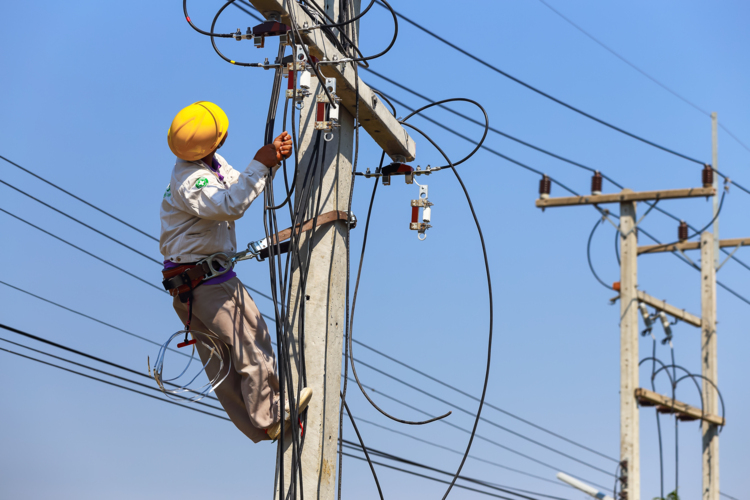 The densification of outdoor networks is necessary to support the higher speeds and lower latencies of 5G. In real-world terms, the densification process typically involves significantly increasing the number of small cell sites within a specific urban area. However, as Light Reading’s Mike Dano points out, the proliferation of small cells “raises the specter of unsightly […] mechanical gizmos looming over neighborhoods around the country.” This is precisely why it is so important for operators and vendors to work with municipalities to aesthetically conceal small cell deployments associated with 5G rollouts.
The densification of outdoor networks is necessary to support the higher speeds and lower latencies of 5G. In real-world terms, the densification process typically involves significantly increasing the number of small cell sites within a specific urban area. However, as Light Reading’s Mike Dano points out, the proliferation of small cells “raises the specter of unsightly […] mechanical gizmos looming over neighborhoods around the country.” This is precisely why it is so important for operators and vendors to work with municipalities to aesthetically conceal small cell deployments associated with 5G rollouts.
CLICK TO TWEET: CommScope’s Iris Troiano explains how innovative small cell designs are bolstering 5G coverage.
As a recent PricewaterhouseCoopers (PWC) survey found, 86 percent of respondents were willing to accept small cells that “blend into their surroundings.” Indeed, with their minimal footprint, small cells can be discreetly attached to fixtures such as signage, lampposts, and even street furniture. The key to wide-scale deployments are designs that meet aesthetic and technical requirements – and can also be adopted as standards and meet the requirements of all carriers. This is indeed a tough challenge, although it is one that can be met with intelligent, cooperative, and collaborative design engineering.
There are three basic types of small cell concealment designs based on where the equipment is mounted on or in the structure: pole-top, mid-pole, bottom of the pole, and integrated throughout the pole.
Let’s take a closer look at some of these configurations below:
- Top of the Pole: Measuring 12 or 18 inches in diameter, top of the pole concealment solutions provide a flexible, standard and economical means of deployments on either existing or new structures. Top of the pole solutions can include radios and RF combining solutions, as well as pre-kitted cables and antennas for wide-scale and rapid deployments.
- Middle of the pole: Middle of the pole concealment enclosures are designed to be mounted below the luminaires on either existing or new structures and are free air cooled per GR 487 requirements. They are highly configurable, lend themselves to a very standard design aesthetic and are both economical and easy to deploy.
- Bottom of the pole: These bottom of the pole solutions – which include a structurally reinforced base and pole structure – are highly aesthetic pole replacement options for areas where higher power radios are required (and campus settings). They should come fully integrated with powering equipment, power disconnects, poles solution, RF combining and low noise variable speed fans.
- Integrated Pole: Integrated pole concealment solutions are those in which all components are concealed within a pole replacement structure. They are highly engineered, aesthetic pole replacement structures designed to meet a wide range of requirements. They lend themselves to both dense urban and suburban areas where aesthetics are critical.
- Sign Enclosure: Sign enclosure solutions – which are particularly well-suited for dense urban areas –are a flexible option for mounting to existing buildings or bus stops. They support a range of 5W radios and embedded antennas, as well as advertising options.
In conclusion, 2019 saw initial 5G deployments limited to select countries and cities. Additional rollouts are anticipated throughout 2020 and beyond, with many urban 5G rollouts leveraging the higher frequencies available on the millimeter-wave spectrum to ensure reliable coverage and deliver high speeds. Collaboration between operators, municipalities and manufacturers are crucial to ensure quality network deployments that meet both aesthetic requirements and drive design standards.













